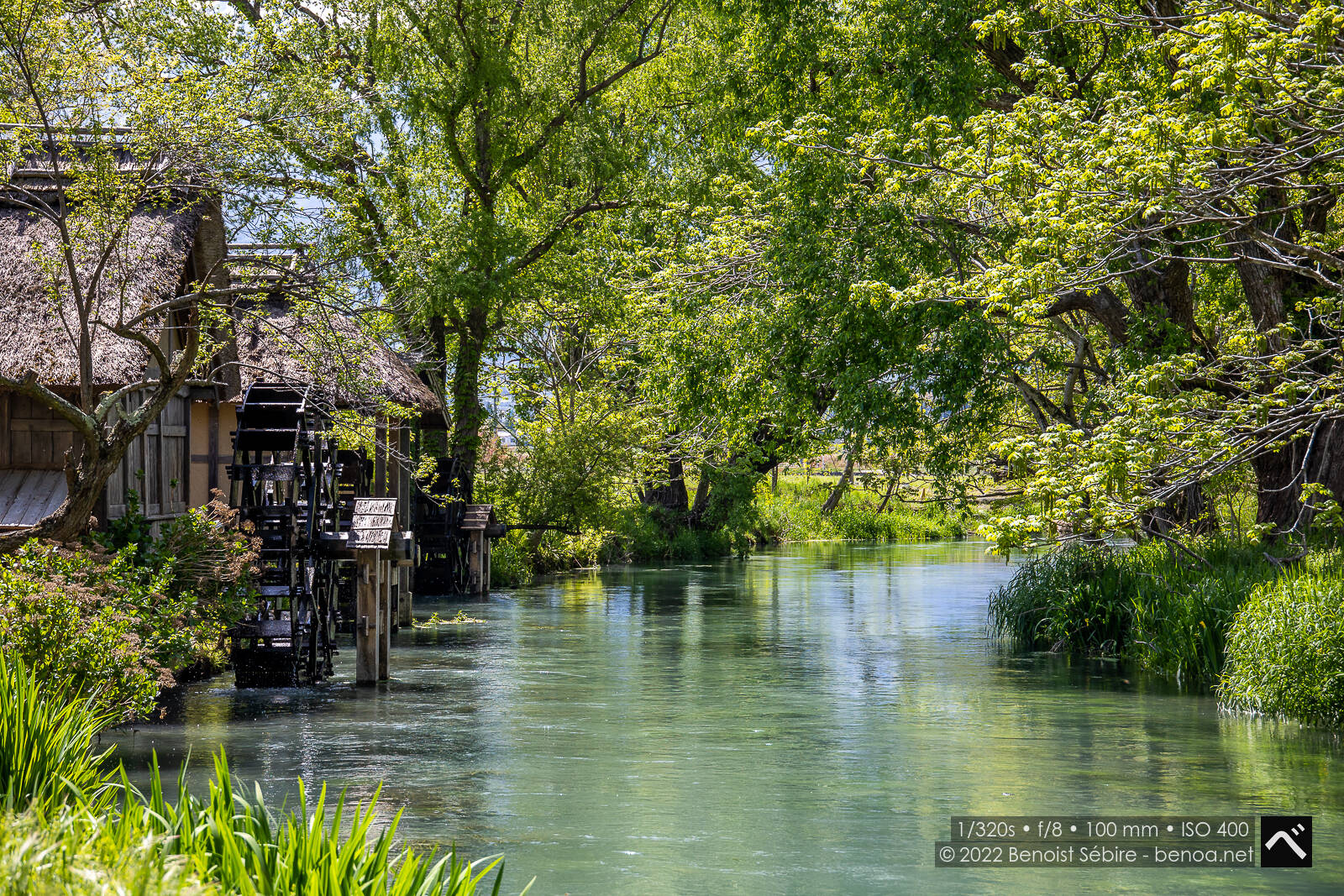Wasabi Farm

While visiting a large wasabi farm in Nagano, I was reminded of a fascinating—and somewhat surprising—fact about wasabi. If you’ve ever eaten wasabi and felt it burn your nose, it’s almost certainly not real wasabi. What most people think of as wasabi, even in Japan, is often just horseradish dyed green and possibly mixed with mustard and other additives. This imitation wasabi is what you’ll find in the majority of restaurants and in those convenient green paste tubes sold in stores. Real wasabi, however, has a much milder, more complex flavor and lacks that harsh, burning sensation.
Even in Japan, where wasabi is a cultural icon, authentic wasabi is a rarity. Producing it requires specific growing conditions—cool, clean, running water and a lot of care—which makes it much more expensive and labor-intensive than its imitation counterpart. This is why most establishments opt for the fake version—it’s cheaper and easier to source.
What’s surprising is that there are no strict regulations in Japan (or elsewhere) to differentiate real wasabi from the fake versions commonly served. This lack of regulation allows manufacturers and restaurants to market horseradish blends as “wasabi,” creating a widespread misconception about what wasabi truly is. For those who’ve never had the real thing, it’s easy to assume that the pungent green paste is the genuine article.
Visiting a wasabi farm is a great way to learn about the effort that goes into growing the real plant and to taste its authentic flavor. It’s a reminder that what we often take for granted as “wasabi” is, in fact, a very different—and much less refined—product.



